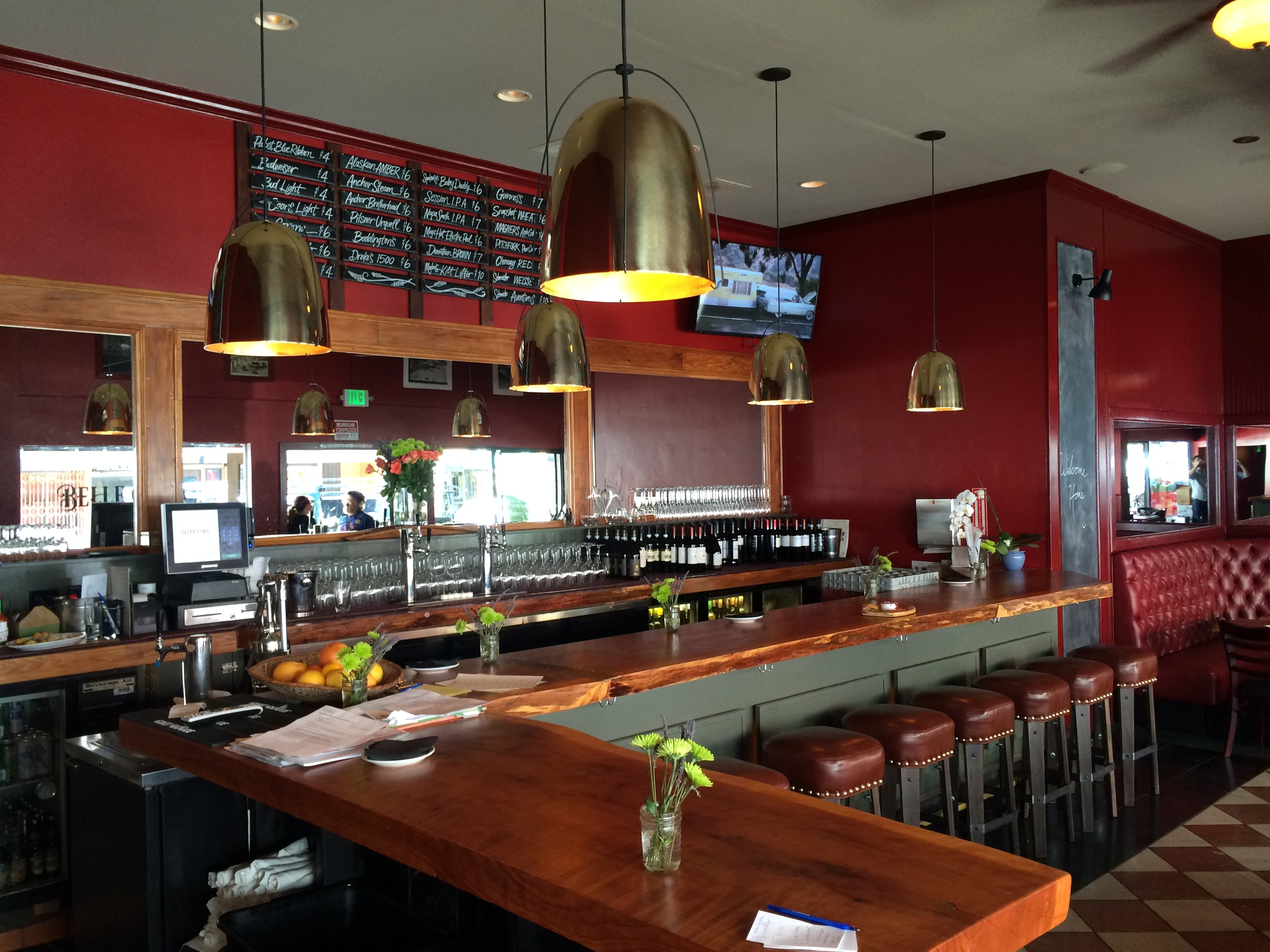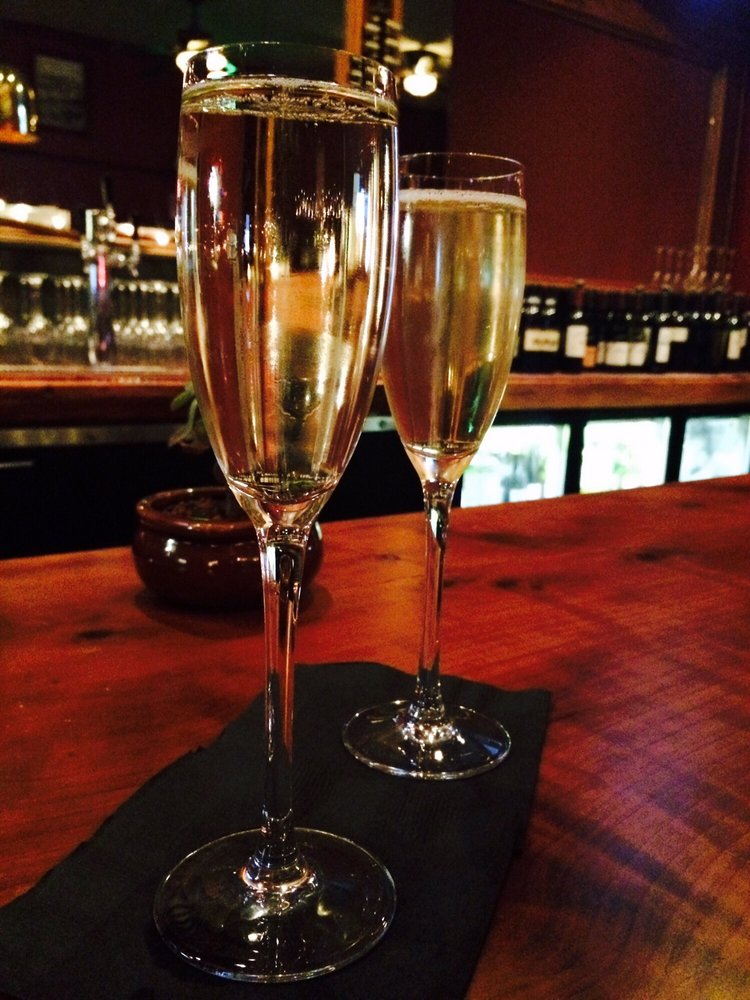ROSĒ WINE
‘23 Rosé - Campuget Nimes (Rhone), France - An aromatic nose with a fruity (but balanced) taste of raspberries and strawberries, This wine has a good and refreshing acidity, 70% Syrah and 30% Grenache noir 13/45
‘22 Rosé - Minuty M Côtes de Provence, France - Europe’s most popular rosé- known for its aromatic intensity, ranging from tart red berries to exotic fruit notes. The palate is lively, light and refreshing, with notes of citrus and herbs. 26 (375ml bottle / 2 glasses)
WHITE WINE
‘23 Sauvignon Blanc - Pedroncelli Geyserville, CA - Bright and breezy, with pears, pineapple, and salty wet stone 16/57
‘23 Sancerre - Sauvignon Blanc - La Comensarde Loire Valley, France - Lively and full of fruit with pleasant mineral and citrus fruits aromas. An initial vivacity on the palate, with a rich and well balanced finish. 70 (bottle only)
‘21 Vermintino - Santadi ‘Villa Solais’ Sardinia, Italy - Lemon blossom & orchard fruit with strong minerality and crispness 12/42
‘18 Chardonnay - Poppy Santa Lucia Highlands, CA - This elegant California chardonnay combines an oaky, creamy richness with bright fruit acidity, 15/56
‘20 Pinot Grigio - Cantina di Lana Veneto, Italy - Fruity, flowery nose- dry, round taste, structured and fruity finish 12/42
‘18 Riesling Spätlese -Georg Albrecht Schneider, Rheinhessen Germany - Semi-sweet in style, it’s rich and creamy on the palate with luscious peach and grapefruit flavors, and acid that melds beautifully through a long finish 16/60
Feeling Adventurous? Try the Chika Junmai Sake - 200ml Cup - Hakutsuru Brewery Kobe, Japan 13.5% ABV • Smooth and very refreshing with subtle hints of pear, grapefruit and aniseed. Keep the cup when you are done! 200ml $13 * Vegan *
RED WINE
‘21 Gamay - Domaine Romy Beaujolais, FR - Delicate, round & juicy w/ flavors of raspberries and red currants, and a final delicate touch of pepper. 14/50
‘21 Super Tuscan- Bere Tuscany, Italy - An everyday, easy-drinking Super-Tuscan blend of Sangiovese, Cabernet Sauvignon and Merlot featuring notes of ripe plum and cherry with a smooth, spicy finish. 11/42
‘20 Rioja, Crianza- Familia Montana Rioja, Spain - Complex and elegant with structured tanins. On the palate is a medley of ripe stone fruits harmonized with balsamic notes and a toasted undertone. 15/64
‘21 Barbera D’Asti ‘Bassina’ - Marenco Strevi, Italy - Garnet red color with delicate purple reflections. Intense, fresh nose with red fruit aromas and balsamic notes. The palate is dry and full-bodied with red fruit, tobacco and chocolate. 16/64
‘21 Cabernet Sauvignon - Franciscan Estate - San Miguel CA - Full bodied with notes of dark cherry and toasted caramel. While it is bold and plush, this Cabernet is not overpowered by oak 14/52
‘21 Cabernet Sauvignon - Scattered Peaks Napa, California - Opulent flavors of black cherry and cassis with black licorice, violets and dark cocoa notes. Fine and velvety tannins and a touch of vanilla support the long, lingering finish 22/80
ORANGE WINE
‘23 Bianco Macerato ‘Arancino’ - Caruso & Minini Sicily, Italy - On the palate, the salinity and tannicity harmonize each other showing freshness and giving an elegant and persistent finish 50 (bottle only)
BUBBLES
‘20 Argeo Rosé Prosecco Brut - Ruggeri - Treviso, Italy - 85% Prosecco, 15% Pinot Noir - A subtle bouquet of floral and berry notes 14/54
N/V Prosecco - Montefresco - Prosecco, Italy - Utterly refreshing, crisp pear and apricot are layered over lively bubbles 12/44
N/V Varichon & Clerc - Blanc de Blanc Brut ‘Privelege’ - Savoie, France - This wine is elegant and long-lasting on the palate, with a perfect balance between freshness and fruit 14/52
N/V Moët & Chandon ‘Imperial Brut’ - Champagne, France - Moët Impérial is the House’s most iconic champagne. Created in 1869, it embodies Moët & Chandon’s unique style; distinguished by its bright fruitiness, its seductive palate & its elegant maturity. 24 (187ml / single)






















































